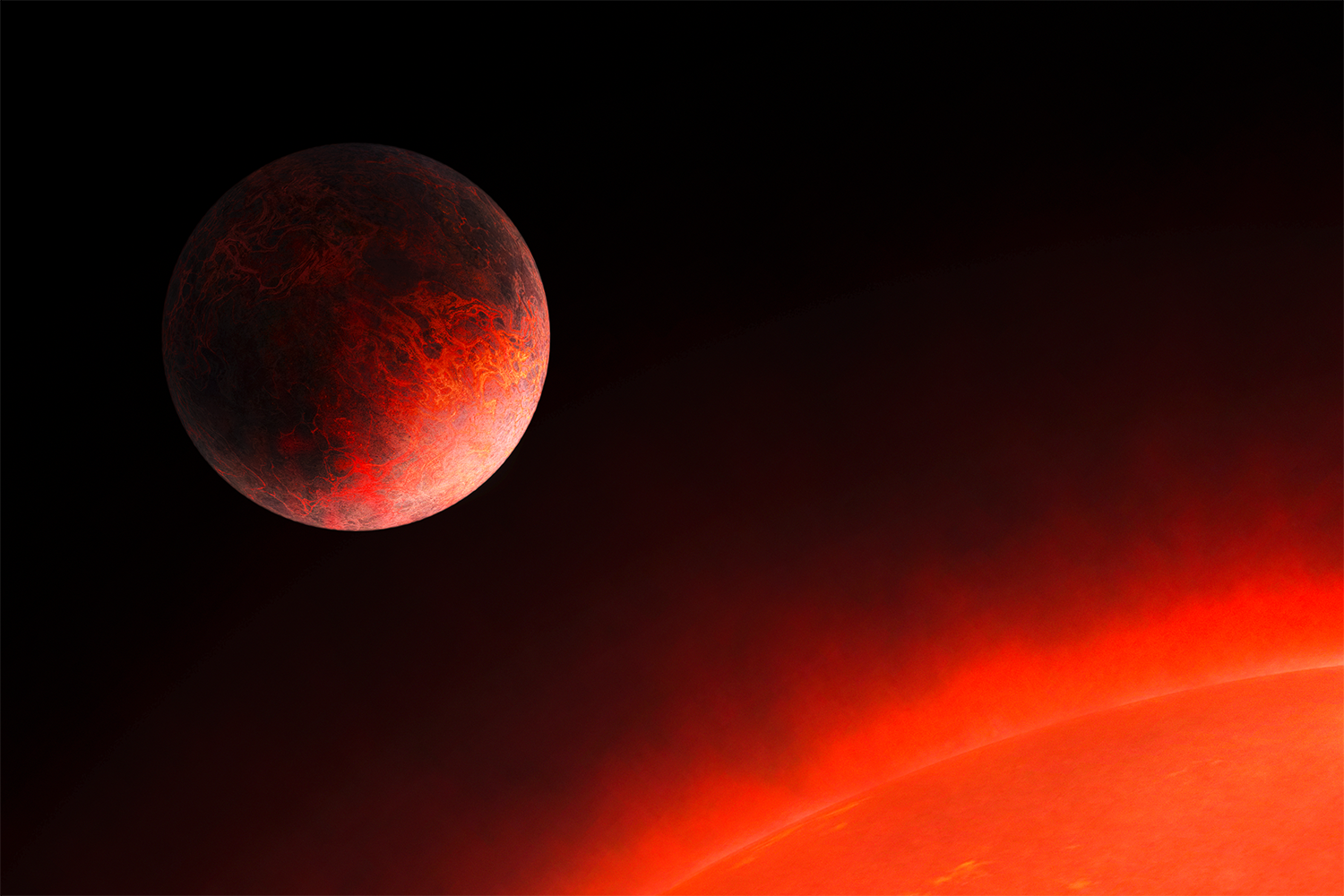Eight hours are one day was the headline in December 2021 announcing the discovery of GJ 367b (click here for the article).
GJ 367 b is an ultralight planet whose mass and radius had already been determined very precisely at that time. This planet had a higher density than all other objects in the class of ultrashort period planets.
Now, new measurements have been evaluated so that mass and radius could be determined with even higher precision: the mass with 8% and the radius with 3.4% compared to 14% and 7% in the first publication.
This is not about setting a world record in precision, but about finding out how such planets are structured, and having an accurate and precise value for the planet’s mean density opens a door to further characterising its internal structure. GJ 367 has a density of 10.2 g/cm³, which is 85% higher than the density of Earth.
As can be seen in Figure 10 of the July 2023 publication (page 20), GJ 367b lies on a curve that characterises it as a Mercury-like planet. This was already known in 2021, but the precision with which the radius and mass have now been determined further limits the possible variations in the structure, and therein lies the significance of these results.
The data now evaluated are based on radial velocity measurements with the HARPS spectrograph spanning three years and new observations with TESS. Not only did this yield the high-precision values for mass and radius, but two more planets were also found in the RV data, GJ 367 c and d.
Unfortunately, their orbits are not aligned in such a way that a transit can be observed. While we know the orbital period for both planets (11.5 days and 33.4 days), only a lower mass limit was measured but no planetary radius.
Article: “Company for the ultra-high density, ultra-short period sub-Earth GJ 367 b: discovery of two additional low-mass planets at 11.5 and 34 days” by Goffo et al, 2023, accepted for publication in ApJL. (click here for the publication)

